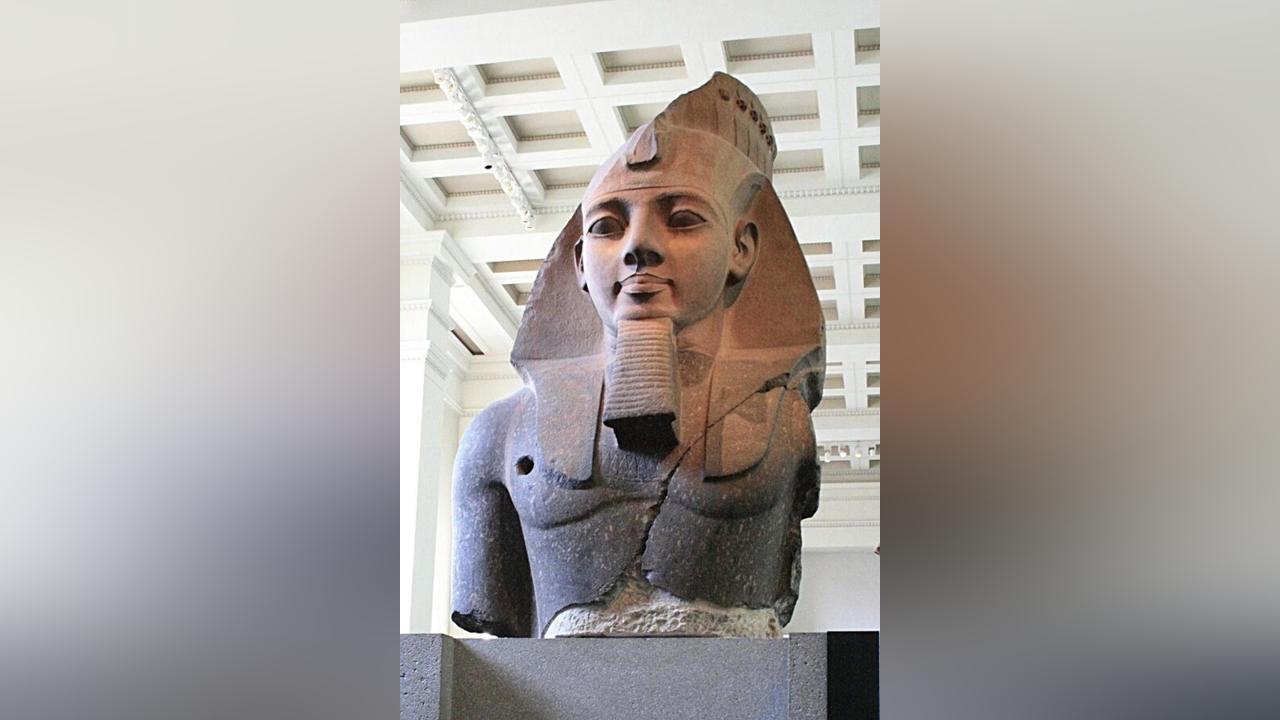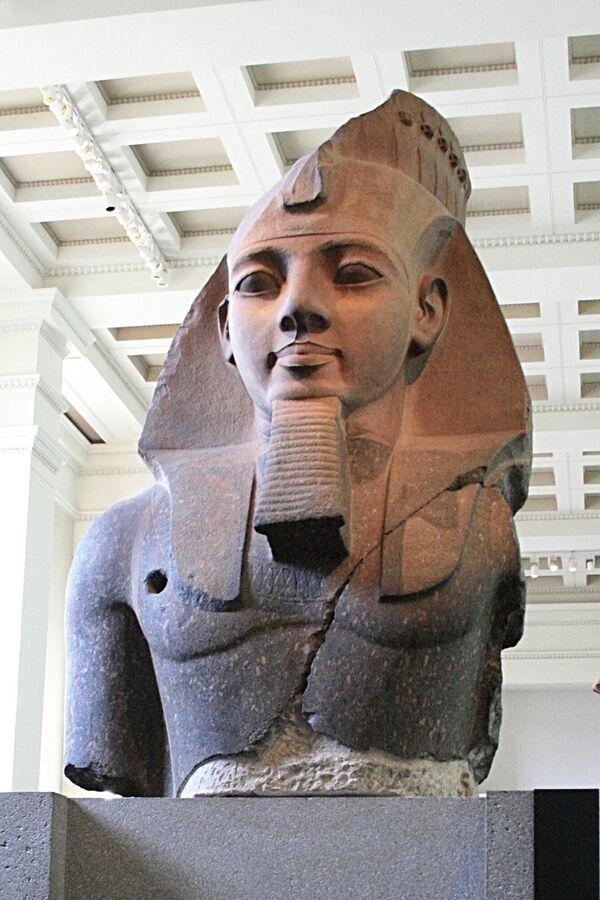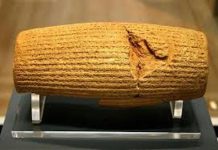Africa-Press – Namibia. Having investigated a portrait of the legendary Ancient Egyptian pharaoh Ramesses II which was discovered in the tomb of an official named Nakhtamun located near modern-day Luxor, a team of scientists has discovered a number of details that were previously hidden from the human eye.
The portrait in question depicts Ramesses with a stubble on his face, facing some unseen figure, which led other researchers to suspect previously that the pharaoh was looking at his late father Seti I, mourning his death.
The team behind the new study, which was published in the journal PLOS One this week, argue instead that the entity Ramesses II is facing in the painting is actually Ptah, creator god of the Ancient Egyptian pantheon.
The researchers have arrived at this conclusion after studying the painting using X-ray fluorescence imaging (XRF), a technique that essentially helps analyze the chemical composition of materials, using X-rays.
Ramesses’ likeness in the painting featured a “detail that is interestingly never shown in ancient Egyptian art,” the researchers note, as the pharaoh was depicted with a “retrusive Adam’s apple.”
The team also points out that, while Ramesses in the painting wears a wesekh-necklace – “a flat, circular piece of jewelry with an opening in the middle for the head” – a closer examination with the help of XRF seems to suggest that the pharaoh was originally depicted wearing a “shebyu necklace” instead.
Since wesekh was “a common royal and divine adornment” during Ramesses’ rule while shebyu became common in the portraits of the 20th dynasty (i.e. after Ramesses’ death), the researchers speculated that the official in whose tomb the image was found likely served “the dead and deified Ramses II rather than the living king.”
“This could further mean that during the decoration of this chapel, the portrait of the pharaoh was first painted in the fashion of the 20th dynasty,” they proposed. “Later, when the anachronistic or symbolically problematic nature of this piece of jewelry was recognized, the original composition was adjusted and simply repainted, in a fashion that made the former shebyu-necklace completely invisible to the naked eye.”
While this findings, if accurate, would suggest that Nakhtamun’s tomb dates back to the times of the 20th dynasty rather than Ramesses II’s 19th dynasty, a history professor at the University of Memphis named Peter Brand who was not involved in this study told media that he disagrees with some of the team’s findings.
“The tall proportions of the king’s blue crown and his rather ‘chisel’-shaped nose are consistent with the later years of his reign as seen in reliefs at Karnak,” Brand said.
He also insisted that shebyu necklaces were worn during the reign of Ramesses II and that a protruding Adam’s apple is not a unique feature when it comes to Ancient Egyptian portraits.
For More News And Analysis About Namibia Follow Africa-Press








